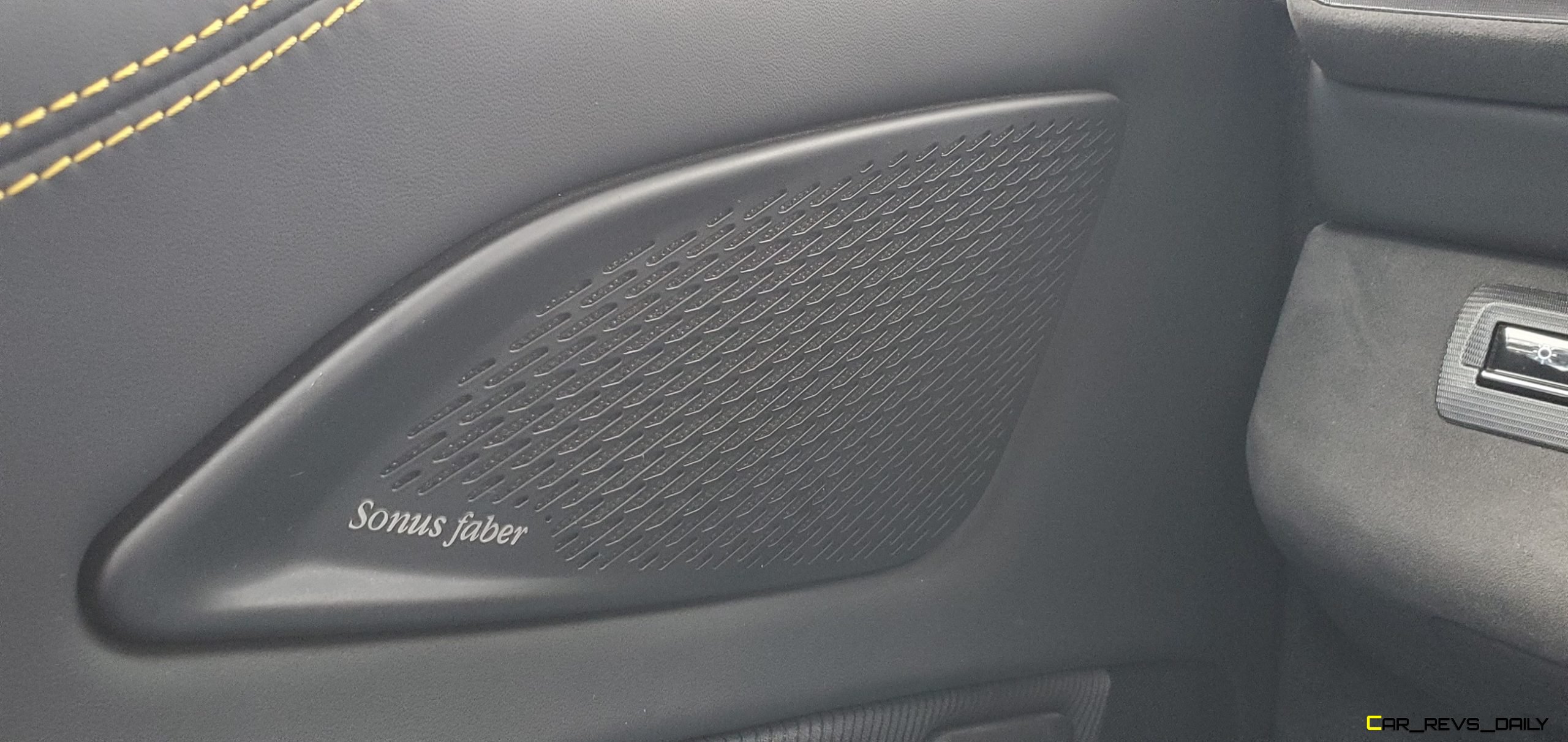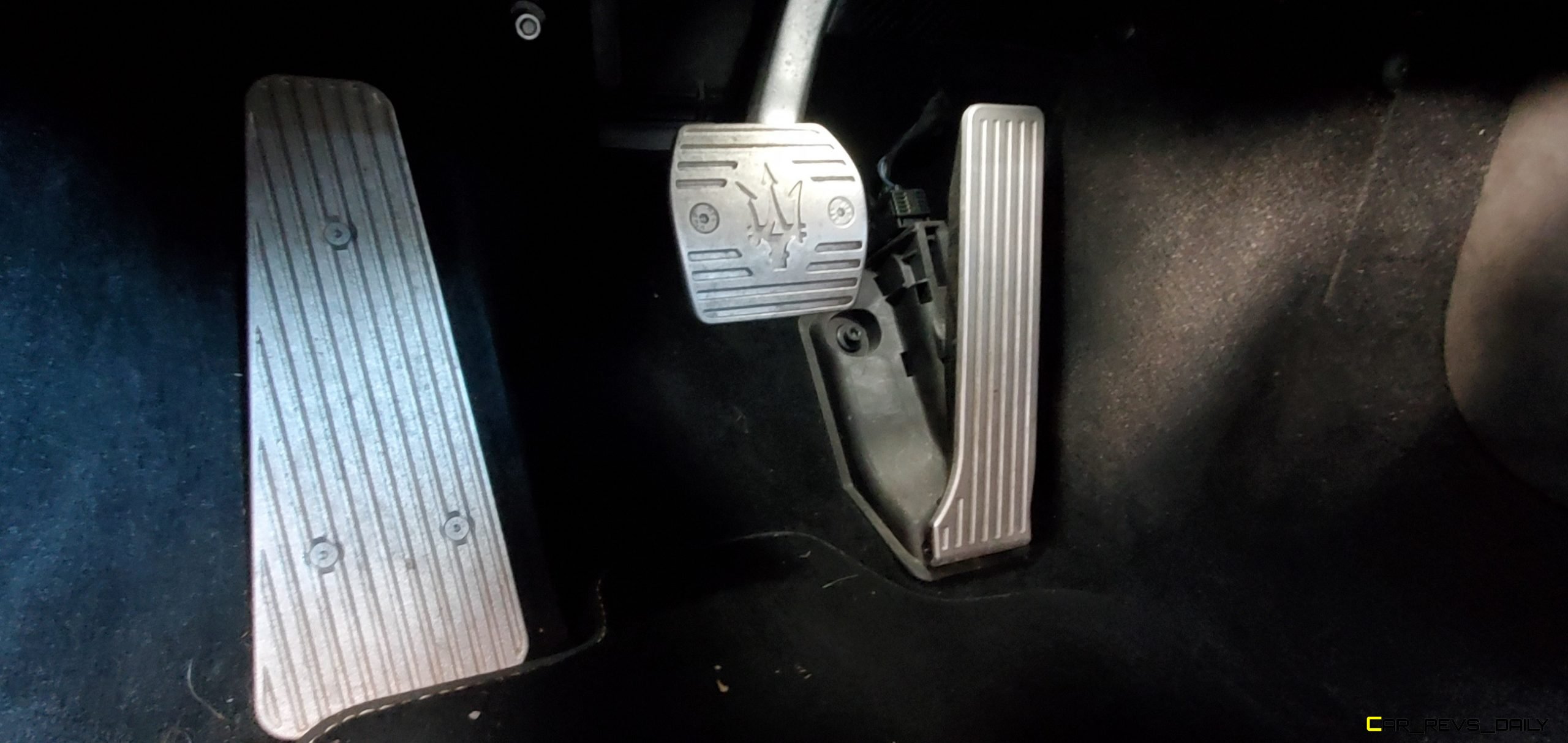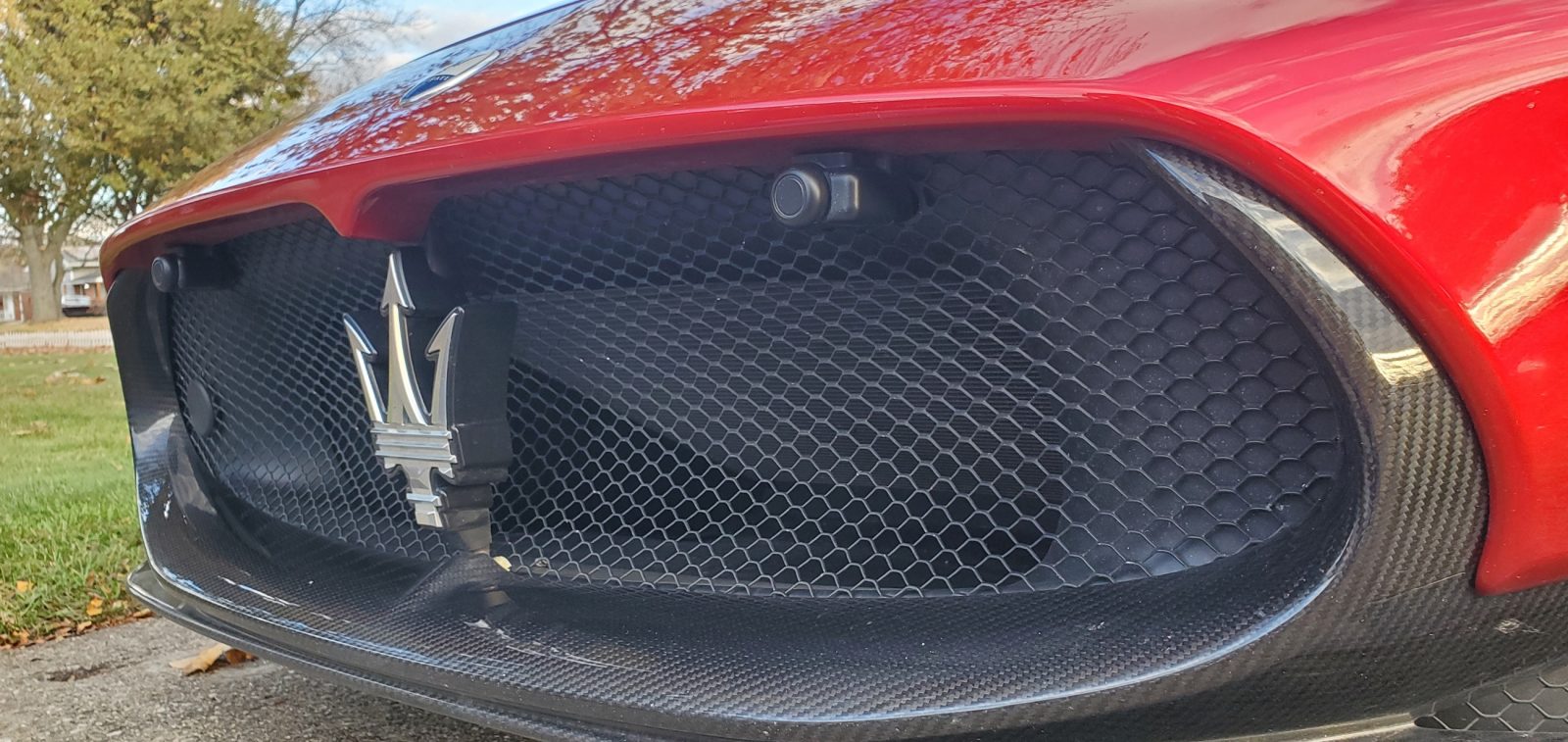Maserati is the figurative traveler who’s facing a choice at the proverbial fork in the road. The Italian luxury automaker tried to embark on a push towards enhancing its sales, but while the Grecale and the Levante have certainly made their mark in the SUV segment, the broader sales picture is mixed at best. In the meantime, Maserati is also focusing on returning to some of the core things that helped it be an icon in the luxury segment, with performance and artistic flair being two prominent pillars. One example of this in action is the Maserati MC20, which launches the brand back into the supercar segment. But can the 2022 Maserati MC20 succeed in its role as the new halo model and more importantly, is the gamble on a V8 free engine lineup the best long-term play?
Clean Styling Makes MC20 Rolling Centerfold Model

At] first glance, it can be easy to dismiss the MC20 as an Italian version of the Ford GT. However, unlike the functionally oriented GT, the MC20 walks the tightrope between artistic balance and performance-honed functionality. The MC20 was co-developed by Maserati and Dallara, and the carbon fiber tub that underpins the car is clothed in sleek bodywork. The front fascia is clean and has an organic look to it, while the side profile makes excellent use of design lines and other touches that help emphasize the flow of air from the front to the rear vent work.
The large 20-inch forged wheels also help enhance the MC20’s street presence, and they also make up for the rather lackluster rear end. We like the exhaust tips and the trident that’s incorporated into the venting for the rear engine cover, but the taillights are perhaps the biggest letdown here, and it would’ve been cool if Maserati had just as much artistic fun with those as they did with the front lighting. That minor complaint aside, we also liked the sleek red paintwork, and it certainly did a good job popping in the autumn sunshine. The MC20 competes with rivals from McLaren and Lamborghini, but while the core shape may seem like it was copied and pasted from one of those models, the MC20 has enough distinction to help it stand out from those lofty benchmarks.

That point is greatly enhanced when you open the butterfly doors, which can be stopped at multiple points of travel which is handy if you have to park in a tight spot and don’t want to hit them on a wall or the vehicle next to you. The doors are also made out of carbon fiber which allows them to be light in the hand and not be too heavy to use and operate.
MC20 Interior Prefers Daylight Charms To Rigors of Nighttime Driving

Slip inside the MC20 (2023 models are largely unchanged), and you’ll find a cabin that’s on par with many supercar entries. However, Maserati designers made it a priority to enhance day-to-day usability. Getting in the cabin is still a gymnastics exercise. Still, once you’re in place, the Alcantara/Sabelt leather sport seats prove to be exceptionally comfortable. They aren’t too heavily bolstered, which helped them have decent amounts of long-haul comfort out on the freeway. A Sonus Faber premium sound system is also onboard. Still, we personally preferred the music provided by the mid-mounted V6 to the hits channel and their ruthless replays of Drake and Olivia Rodrigo.

Splashes of Alcantara trim (including patterned pieces on the butterfly doors) also add to the luxurious ambiance that the MC20 brings to buyers. With Maserati being part of the broader Stellantis empire, it shouldn’t surprise anyone to see some very familiar pieces that also see duty in the brand’s other products. The steering wheel, for example, is similar to the one we saw in the GranTurismo coupe, while the Uconnect 5 touchscreen infotainment system is lifted from the Fiat 500e. That latter item is not a bad thing since the infotainment system’s software is easy to use, and the system also comes with wireless Android Auto and Apple CarPlay bundled in. However, we noticed occasions where the Android side of the system failed to pick up our phone, preventing us from streaming our music.

The MC20 also comes with a rear-view camera mirror, and that particular feature is a welcome aide that makes up for how blind you are when you try and look through the tiny rear window. However, the MC20’s biggest weaknesses make themselves known in night driving. The interior is dimly lit, and while we didn’t expect the MC20 to have as much ambient lighting as other luxury cars, we wish that there was more of it to help make finding some of the controls easier. When backing up, the rear engine cover throws excessive glare and reflections into the rear camera mirror, and the picture on the rear backup camera itself pixelates heavily in nighttime conditions. The MC20 has a trunk and a frunk to help make up for the lack of interior storage. Still, while the trunk has enough space for a few bags or perhaps a decent haul of groceries, the frunk is noticeably smaller. Buyers will have to actually reach into the floor to pull the lever (it masquerades as a hood release) to pop it open since there’s no button either in the interior or the keyfob.
MC20’s V6 Performance Part Of Broader Supercar Revolution

In recent years, some supercars have pitched a V8 and instead moved towards smaller engines, including V6 powerplants. In the case of the MC20, performance comes from a 630-horsepower, twin-turbocharged mid-mounted 3.0-liter V6. This V6 is the latest version of Maserati’s Nettuno V6, and it has already seen duty in other Maserati models, including the GranTurismo. However, the MC20’s engine benefits from several upgrades that sharpen up throttle response and low-end punch. These upgrades were certainly apparent when we had a chance to put the MC20 out on the road, with the engine delivering strong acceleration and good levels of mid-level power. Maserati claims that the MC20 can make the sprint to 60 mph in 2.9 seconds, and it certainly feels like that’s plausible once you get to know the car’s personality better.
An eight-speed automatic DCT is the lone transmission here, and it delivered smooth, crisp shifts, especially when we rowed through the gears ourselves via the steering wheel-mounted carbon fiber paddle shifters. The MC20 has four driving modes accessed via the large blue-hued mode selector knob on the center tunnel, but the three that will matter the most to most buyers will be the first three: GT, Sport, and Corsa.

GT is the default mode; as the name implies, it’s meant to be the most comfort-focused of the trio. Sport sharpens up the throttle response and other aspects of the car while the utterly bonkers Corsa mode transforms the MC20 into a track-ready weapon of lap time-shredding fun. A separate suspension selector button in the center of the knob allows buyers to tweak the suspension settings, but sadly this doesn’t mean that you can have all of Corsa mode’s performance edge with the soft GT suspension tune. Instead, it moves the suspension settings one step down depending on the mode used; for example, Corsa can access the Sport tune while Sport mode can move down to the GT’s suspension settings. The biggest weakness we found here was the brake pedal, which felt too wooden for our tastes. This disconnect forces the driver to really press down on the pedal to get the maximum amount of bite from the carbon ceramic brakes, but when the brakes were fully engaged, the MC20 had strong stable stops.
Maserati prefers that you let the MC20’s performance figures distract you from its overall fuel economy, but if you’re curious, it gets 15/25/18 mpg in city/highway and combined driving. Those figures are better than the 13/18/15 mpg you get in the Lamborghini Huracan and the 15/19/16 mpg in the Ferrari F8 Tributo.
Value Quotient

Pricing for the Maserati MC20 starts at over $212,000, which will get you into a base MC20 Coupe. However, contrary to what Maserati’s online configurator likes to project, that base price is seldom (if ever seen). With the MC20 being a rare vehicle, we decided to take a trip to Edmunds.com to get a sense of MC20 pricing and discovered that the common ground in that category was between $220,000 and $240,000.
Our example arrived with a final as-tested price of $299,550, largely due to a long laundry list of options. Some options we recommend are the $4000 nose-lift system to help protect the vulnerable portions of the front end, the $10,000 Russo Energica paintwork, and the $4,000 Sonus Faber premium audio system. This pricing puts it in the crosshairs of the McLaren GT, Porsche 911 Turbo S, and the Lamborghini Huracan, with all three either offering more power or more cylinders. However, the fact that the MC20 is even in the same league as these benchmarks shows how much progress Maserati has made in reclaiming the magic it had with past entries like the MC12. In addition to the coupe, the MC20 can also be equipped as a droptop (gaining the Cileo moniker in the process), and Maserati will also be giving the MC20 the Folgore treatment (sadly not to be confused with the slick character in the Killer Instinct video game series) with that model being powered by three electric motors.
In the meantime, the MC20 in its ICE-powered form is a nicely done homage to Maserati’s racing history, but it also maintains enough comfort and luxury to help cater to buyers that don’t want to feel like they are at the race track every single day.

Carl Malek has been an automotive journalist for over 10 years. First starting out as a freelance photographer before making the transition to writing during college, his work has appeared on numerous automotive forums as well as websites such as Autoshopper.com.
Carl is also a big fan of British vehicles with the bulk of his devotion going to the Morgan Motor Company as well as offerings from Lotus, MG, and Caterham. When he is not writing about automobiles, Carl enjoys spending time with his family and friends in the Metro Detroit area, as well as spending time with his adorable pets.



































